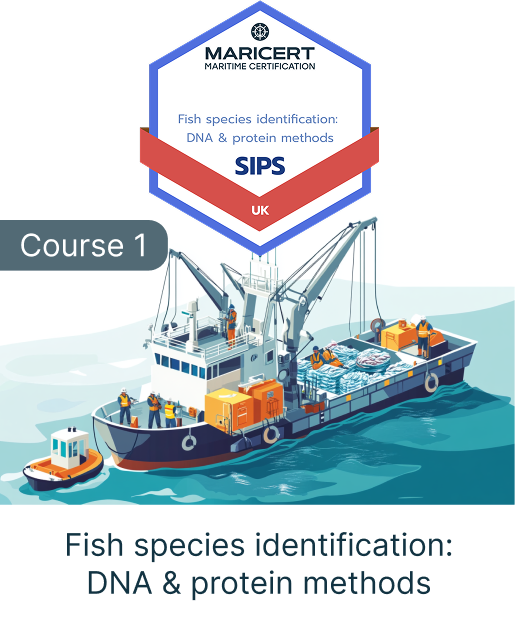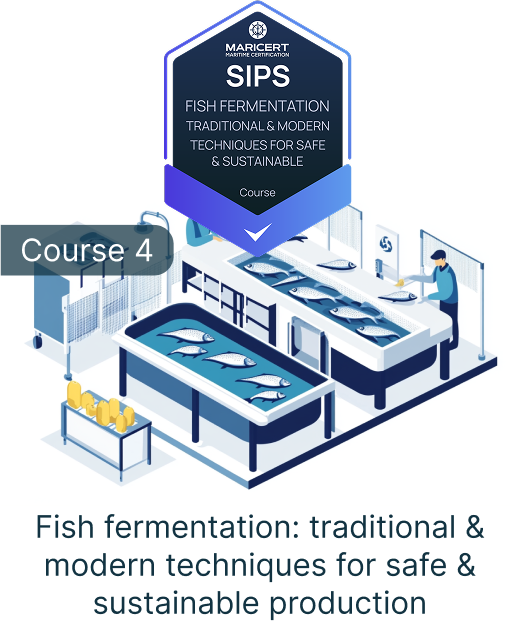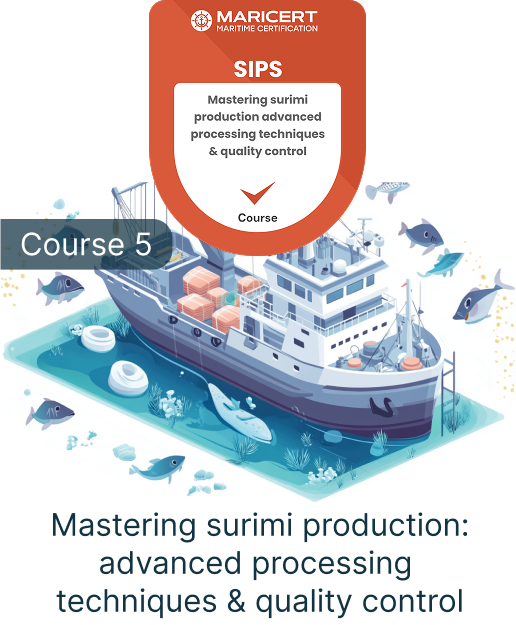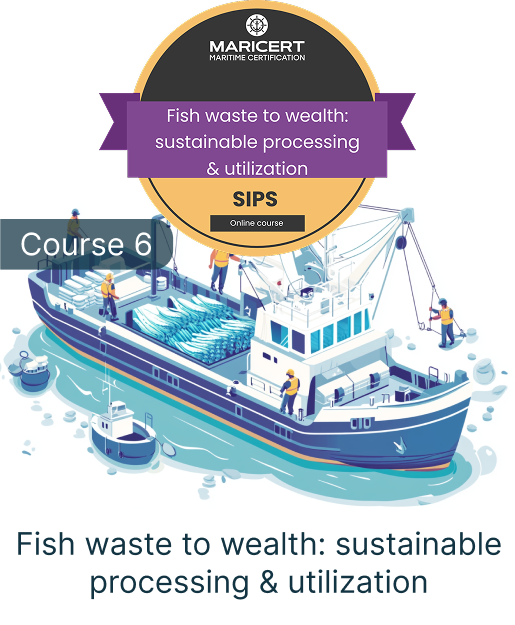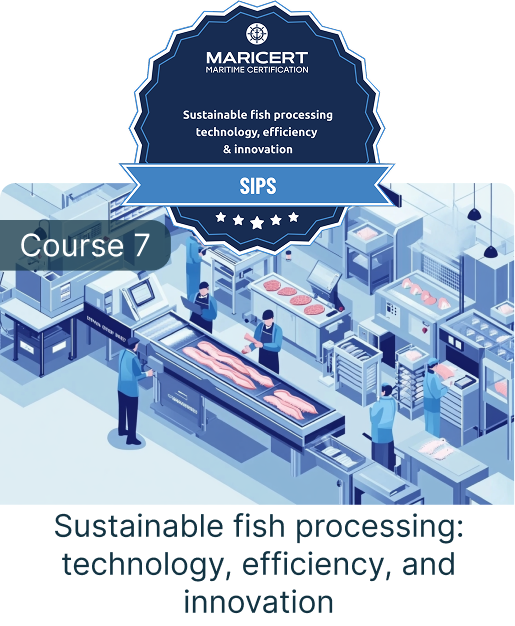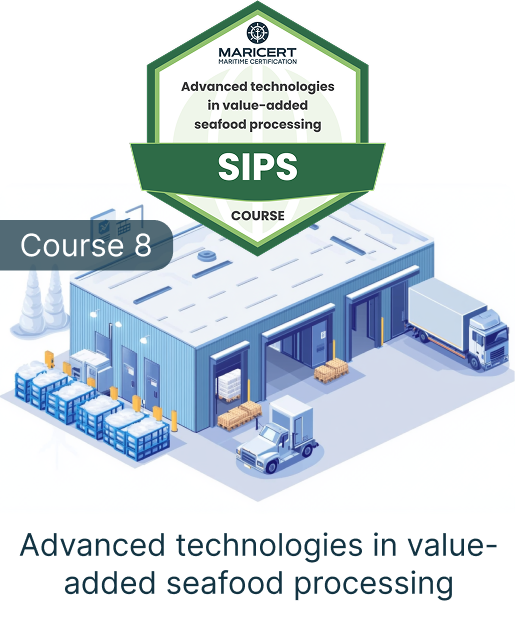Fish drying: advanced techniques for seafood industry
LESSONS
- Glossary
- Fish drying
- Drying technologies for fish preservation
- Fish drying systems
- Chemical transformations in fish muscle during drying
- Changes in fish muscle during drying: chemical modifications in fish muscle
- Physical changes in fish muscle
- References
- Test
- Certificate
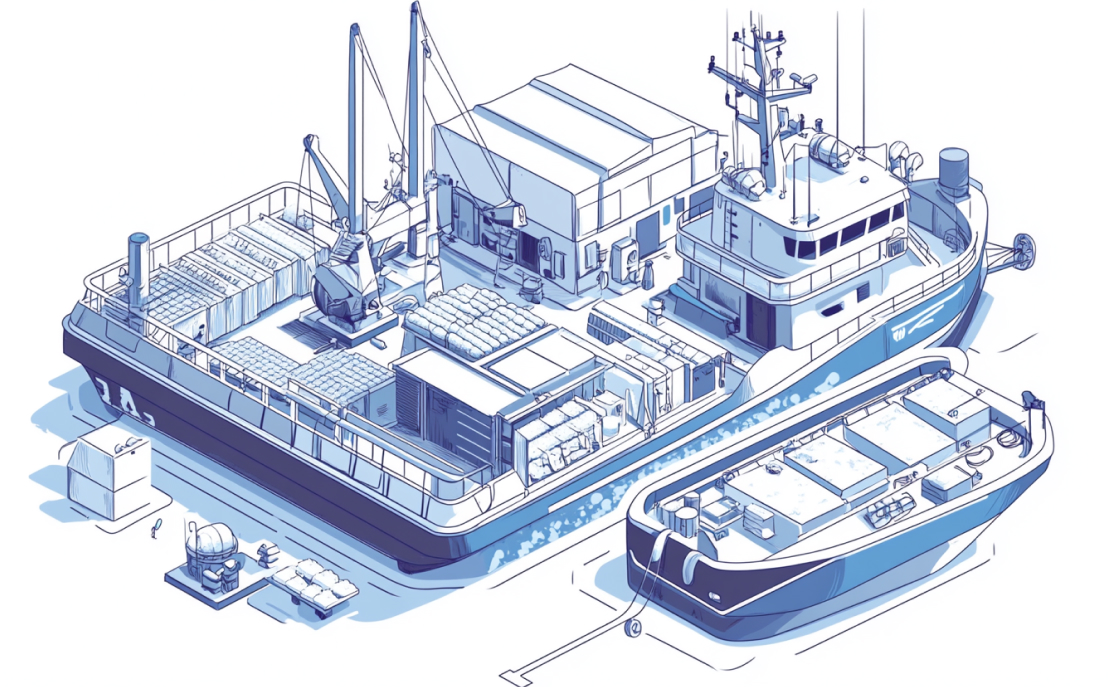

Duration
7–9 hours for studying the theoretical material, 2 hours for completing the final test.
Certificate
Upon successful completion of the online course, you will receive a certificate titled: "Advanced Seafood Processing & Safety: Extending Shelf Life".
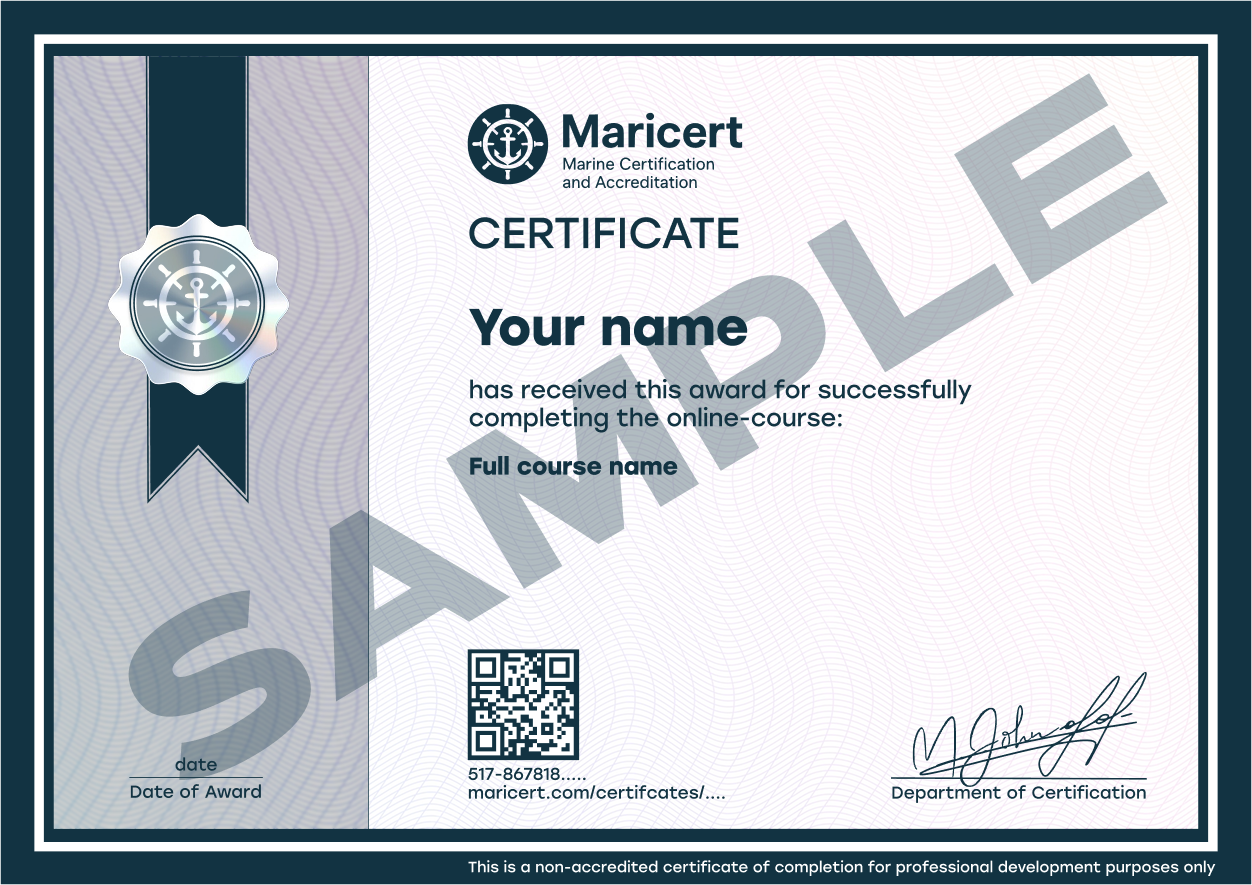

SEAFOOD TECHNOLOGY AND SAFETY PROGRAM
Each certificate has a unique serial number, is registered in our database, and includes a QR code for authenticity verification. Add your certificates when sending your CV, and your future employer will be able to verify them.
Course description
This comprehensive course explores fish drying as a method of seafood preservation, focusing on the scientific principles, technologies, and quality control strategies involved in modern and traditional drying methods. You will learn how moisture removal extends shelf life, improves transportation and storage efficiency, and retains nutritional value. The course explains mechanisms such as heat and mass transfer, water activity regulation, and structural transformations in fish muscle. It also covers conventional techniques like open-air drying and osmotic dehydration, as well as advanced systems including solar-assisted dryers, heat pump drying, and freeze-drying. You’ll gain an understanding of the physicochemical changes occurring during drying—such as protein denaturation, lipid oxidation, and Maillard reactions—and how these affect the final product's texture, color, and nutritional quality. The course also provides practical guidance on packaging and storage solutions to maintain product stability and safety. Through a combination of scientific explanation and applied knowledge, this course prepares learners to make informed decisions in seafood drying operations.
What you’ll learn
- core drying mechanisms: evaporation, diffusion, and heat transfer
- the role of water activity in microbial control and quality retention
- modern drying technologies and traditional techniques
- chemical and physical changes in fish muscle during drying
- how to optimize drying parameters for texture, color, and nutrient preservation
- packaging methods to improve shelf life and safety
- environmental and economic factors in drying system selection
Who this course is for
- This course is ideal for seafood processors, food technologists, marine product researchers, sustainability consultants, and students in food science. It’s also suitable for entrepreneurs and quality control specialists aiming to implement efficient fish drying operations or improve current practices using science-based strategies. Whether you're in industrial production or small-scale drying, this course offers valuable insights and tools.
FAQ
First, please check your spam or promotions folder — sometimes emails land there. If you still don’t see anything, contact us at https://maricert.com/contact/ — we’ll check your order and grant access as soon as possible.
You can retake the test as many times as needed. There are no penalties or additional fees.
Yes. All lessons and tests are in written format. You can use Google Chrome with auto-translation or third-party tools. Our goal is to make learning accessible to everyone.
Absolutely. The platform is fully optimised for mobile. You can study from your phone, tablet, or laptop — whichever is most convenient for you.
You get 12 months of access from the date of purchase. You can study at your own pace. If the course isn’t completed within that period, access will be revoked without a refund. Refunds are not available once access is granted, as digital content is considered delivered in full (as per the UK Consumer Contracts Regulations 2013).
Your certificate will be sent to your email and also registered in the Certifier.io verification database. You'll receive a PDF version that you can attach to your CV.
Each certificate includes a unique ID and QR code. Employers can verify authenticity via the Certifier database or directly through the Maricert website.
Yes. We recommend including a direct Certifier.io link in your CV, cover letter, or LinkedIn profile to help build trust with employers.
No. Our courses are open to everyone, including beginners. You don’t need any maritime documents to enrol.
They can be added to your CV when applying for jobs on crabbing vessels, fishing fleets, seafood factories, and maritime logistics companies. They’re especially valuable for those with no prior experience.
Yes. While our certificates don’t guarantee a visa, they can serve as additional proof of qualifications when applying for seasonal or work visas.
We are not a recruitment agency, but our certificates and diplomas can improve your chances when applying directly to employers — especially if you’re new to the industry.
Yes. Maricert is officially registered in the UK Register of Learning Providers (UKPRN: 10098283) and complies with ICO (Information Commissioner's Office) data protection regulations.
Yes. You can purchase a course using another person’s email address or contact support to have access transferred after the purchase.

